How Edge Printing Can Transform Your Print Products
 Oct 27,2025
Oct 27,2025

 SESE
SESE
How Edge Printing Can Transform Your Print Products
1. Introduction
In a world where digital noise is constant, making a lasting physical impression is more valuable than ever. How do you ensure your print materials don't just get seen, but get remembered? The answer lies in the details—specifically, the edges. Edge printing is one such technique that can transform ordinary print products into premium, memorable items. Whether you’re producing books, notebooks, business cards, or packaging, adding custom-printed edges gives your products a distinctive, professional look that reflects your brand’s identity.
At SESE Printing, we believe that true excellence is found in the finer points. This article explores how edge printing can transform your standard print products into powerful, tactile brand ambassadors.
2. What Is Edge Printing?
Edge printing is a specialized printing technique that adds color, patterns, or designs directly to the edges of a book, notebook, or other printed product. Unlike traditional printing, which focuses on the front cover, back cover, or interior pages, edge printing transforms the book’s edges into a visible and often decorative feature.
This technique can range from simple solid-color sprays to intricate full-color designs, metallic foils, or even patterned artwork that wraps around the pages’ sides. Edge printing is commonly seen in special edition books, premium journals, and custom notebooks, giving them a unique and luxurious look that immediately stands out on shelves or as gifts.
In addition to aesthetics, edge printing can also serve functional purposes, such as color-coding book series or categorizing collections.Key types of edge printing include:
|
|
|
|
|
|
Colored Edges |
Foil Stamping |
Sprayed Edges |
Gradient Edges |
Designs & Patterns |
-
Solid Color Edges – Simple, elegant color blocking for a premium feel.
-
Gradient or Multi-Color Edges – A subtle or vibrant transition of colors for eye-catching effects.
-
Gilded or Foil Edges: Metallic finishes like gold, silver, or holographic foils for a premium feel.
-
Printed Patterns: Custom artwork, text, or illustrations applied to the page edges for a highly personalized touch.
Edge printing is commonly applied to hardcover books, notebooks, business cards, and promotional materials.
3. Benefits of Edge Printing for Custom Print Products
Adding edge printing to your products brings multiple advantages:
-
Instant Visual Impact: A colored or foiled edge creates a striking visual that stands out even when the product is closed. It provides immediate "shelf appeal" and intrigue.
-
Elevates Perceived Value: This technique is inherently associated with luxury and exclusivity. It transforms a common item into a premium artifact, justifying a higher perceived value and cost.
-
Strengthens Brand Identity: By matching the edge color to your brand’s exact Pantone or imprinting a subtle logo, you create a cohesive and unforgettable brand experience. It’s a powerful way to make your brand identity tangible.
-
Enhances Tactile Experience: Edge printing adds a new layer to the user's interaction. The feel of a foiled edge or the visual surprise of fanning printed pages creates a memorable, multi-sensory connection with your audience.
4. Edge Printing in Different Print Products
Edge printing techniques have become a key feature in various sectors of the printing and publishing industry, enhancing the visual appeal and functionality of a wide range of products. This versatile technique can be applied to numerous types of printed materials, giving them an elevated, refined touch.
Book:
|
|
Edge printing is particularly popular in high-end publications such as coffee table books, art books, photo books, novels, and other literary works. The addition of gilded or painted edges adds a luxurious finish, complementing the rich visuals and artworks that these books often showcase. Whether it's a gold-leaf finish for an elegant look or a bold, colorful edge for a more contemporary feel, edge printing enhances the overall aesthetic. |
Catalogs:
|
|
In the marketing and sales sector, catalogs are essential tools for showcasing products and services. Edge printing can elevate catalogs, making them more visually striking and appealing to potential customers. For instance, a fashion catalog with metallic edges or a home décor catalog with brightly painted edges stands out from standard printed materials. This attention to detail signals quality and sophistication, which can influence customer decisions and boost engagement. |
Notebooks & Journals:
|
|
Notebooks and journals are personal products that allow for a lot of creative expression. Edge printing offers a way to personalize these items, adding unique finishes to the edges of the pages. For example, floral designs, metallic accents, or even intricate patterns on the edges of notebooks can cater to various tastes, whether targeting young women with whimsical touches or business professionals with sleek, minimalist designs. This level of customization makes edge printing an excellent choice for creating distinctive stationery products.The added tactile experience of flipping through pages with uniquely printed edges enhances the user's overall experience, whether they're journaling, sketching, or note-taking. This small but impactful detail encourages creativity and makes the notebook or journal feel more special. |
Card Decks:
|
|
Edge printing is also important in the production of card decks, such as tarot cards, playing cards, oracle cards, and business cards. The edges of these cards can be adorned with vibrant colors or metallic finishes, contributing to their visual impact.For tarot and oracle cards, the edge design can reflect the theme or energy of the deck. A mystical tarot deck might have deep purple or gold edges, while a nature-themed deck might feature green or earthy tones. This cohesive edge design adds to the overall immersive experience when using the cards.For business cards, edge printing is an effective way to stand out in a competitive market. A well-designed edge can add a memorable touch to a business card, making it more likely to be noticed and remembered by potential clients or partners. |
5. Special Edges Artwork Design Tips
Bleed Considerations
For designs involving gilded or solid color painted edges, the process is straightforward. You can simply specify your preferred CMYK or Pantone colors, and the rest is handled by the printer.
However, if you plan to incorporate images, illustrations, or logos on the edges, you’ll need to account for the "bleed zone" in your artwork. A standard bleed of 3 mm (0.125 inches) is required to ensure the design extends past the edge of the page, guaranteeing a smooth, seamless look at the edges. This step is vital for a clean and professional finish.
To calculate the edge length and width for your design, use the following formulas:
Edge Length = 0.125" (3mm) bleed + book block width + book block length + book block width + 0.125" (3mm) bleed
Edge Width = 0.125" (3mm) bleed + book block thickness + 0.125" (3mm) bleed
To make the most of edge printing, consider these design tips:
-
Embrace Simplicity: Often, a solid, bold color that matches your brand palette is more effective and luxurious than a complex pattern.
-
Consider the Contrast: A high-contrast edge (e.g., a bright color on a white notebook) creates a modern, bold statement.
-
Account for Bulk: For products with many pages (like books), remember that the design must work across the slight variation of the page edges when closed and when fanned.
-
Consult with Experts: At SESE Printing, our design team works with you to ensure your artwork is perfectly suited for the edge printing process, from bleed requirements to optimal resolution.





 Home
Home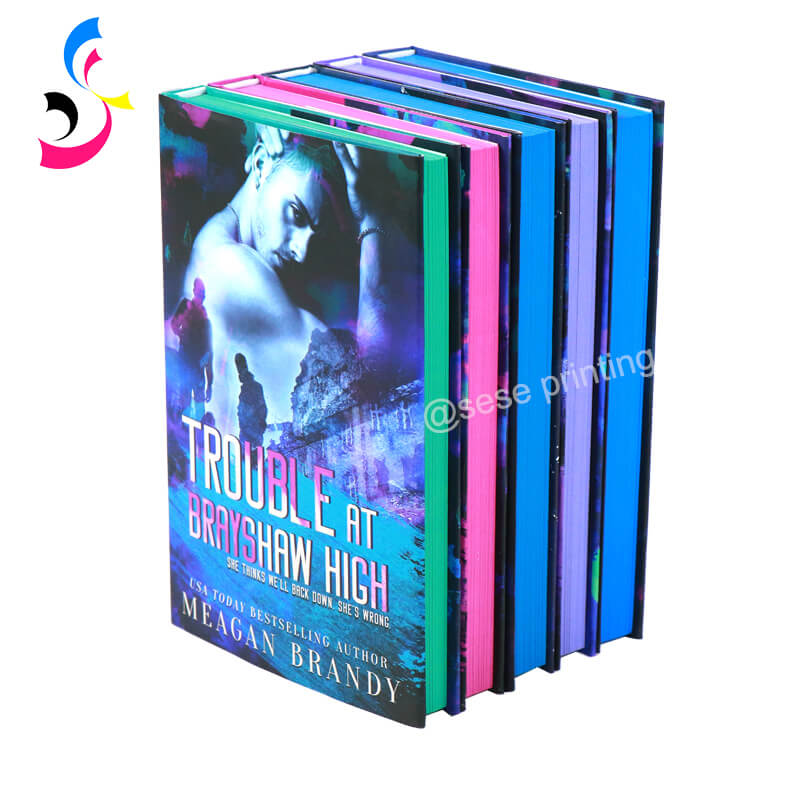
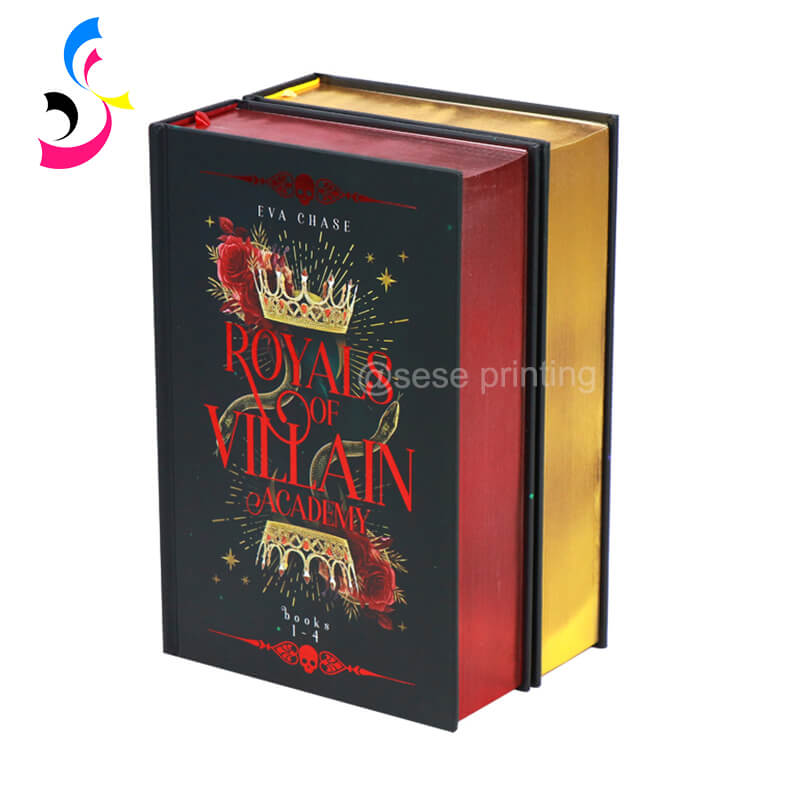


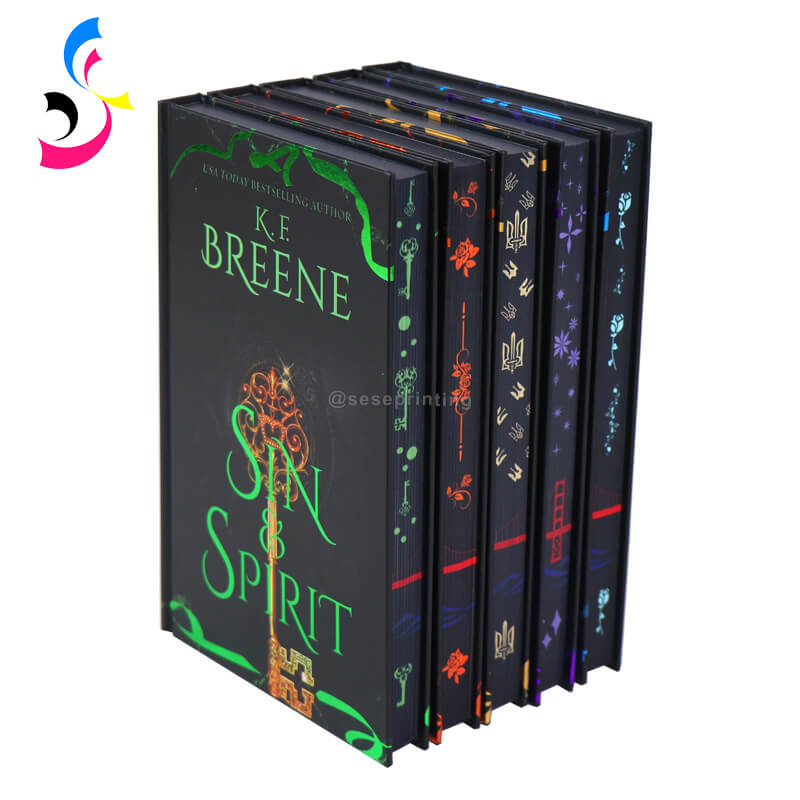
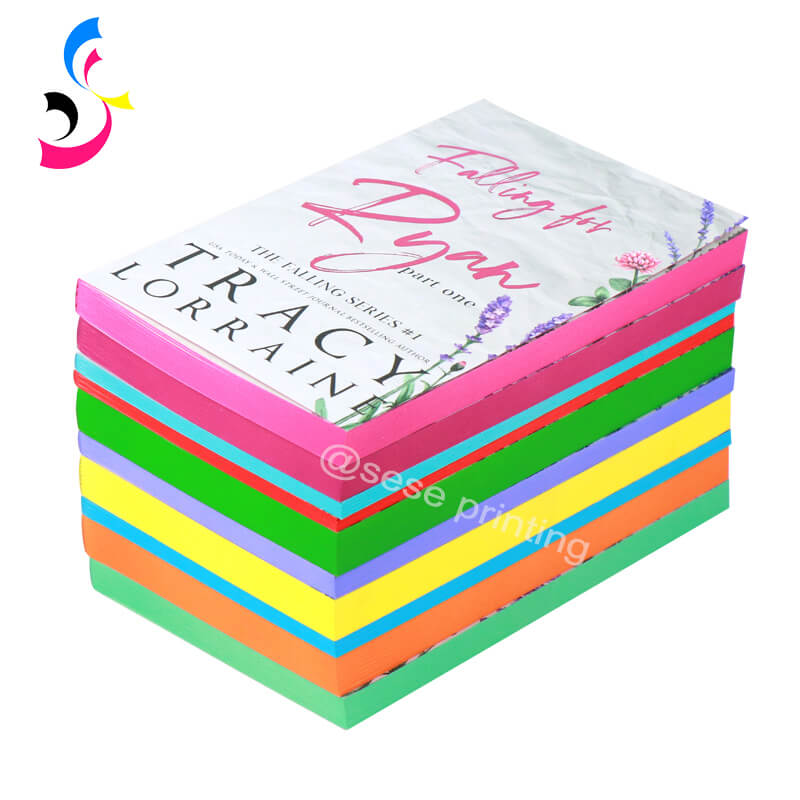
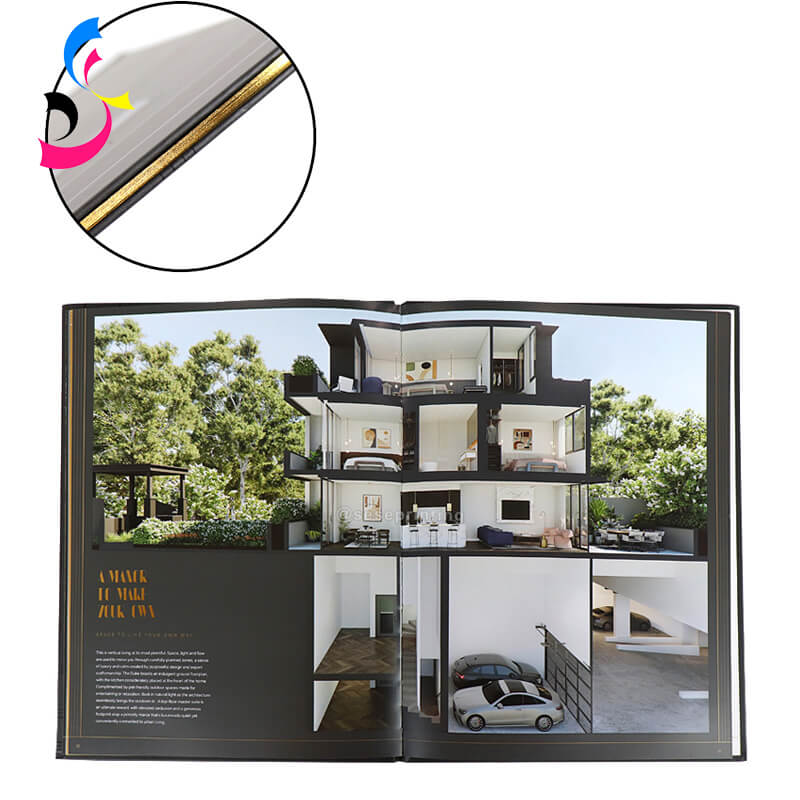

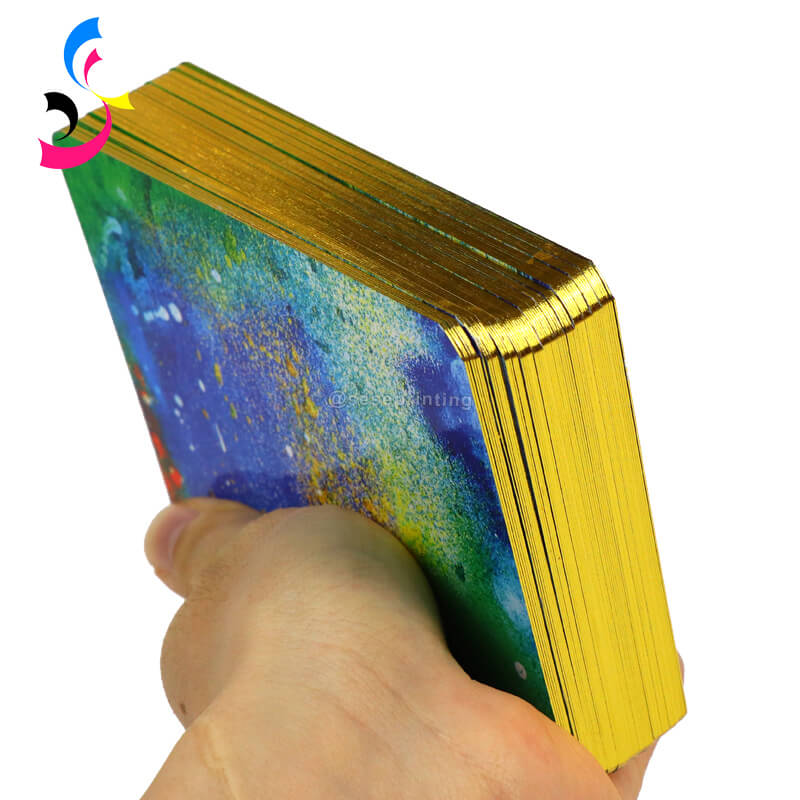

 What Is the Difference Between CMYK, 4-Color, and Full-Color Printing
What Is the Difference Between CMYK, 4-Color, and Full-Color Printing  You May Also Like
You May Also Like


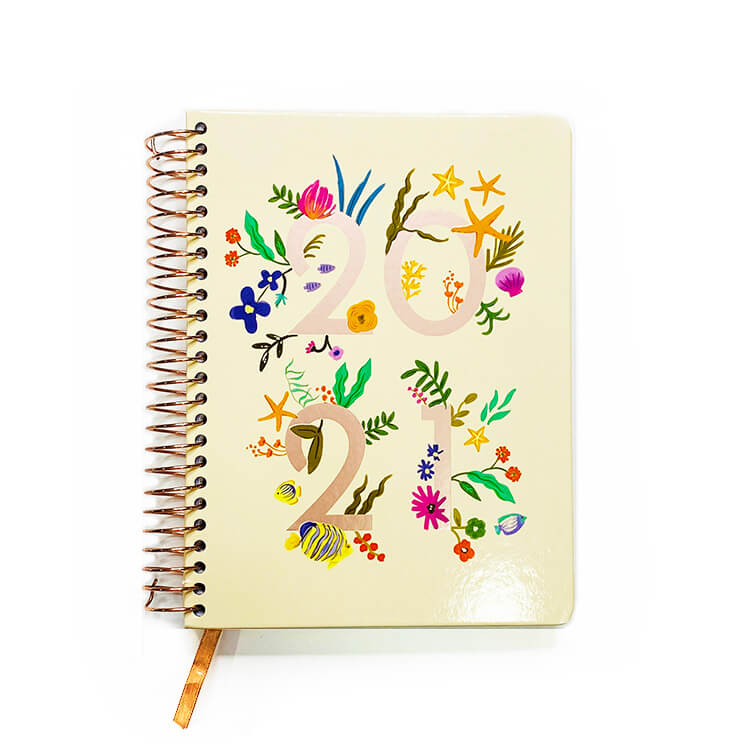

 Tel
Tel
 Email
Email
 Address
Address







